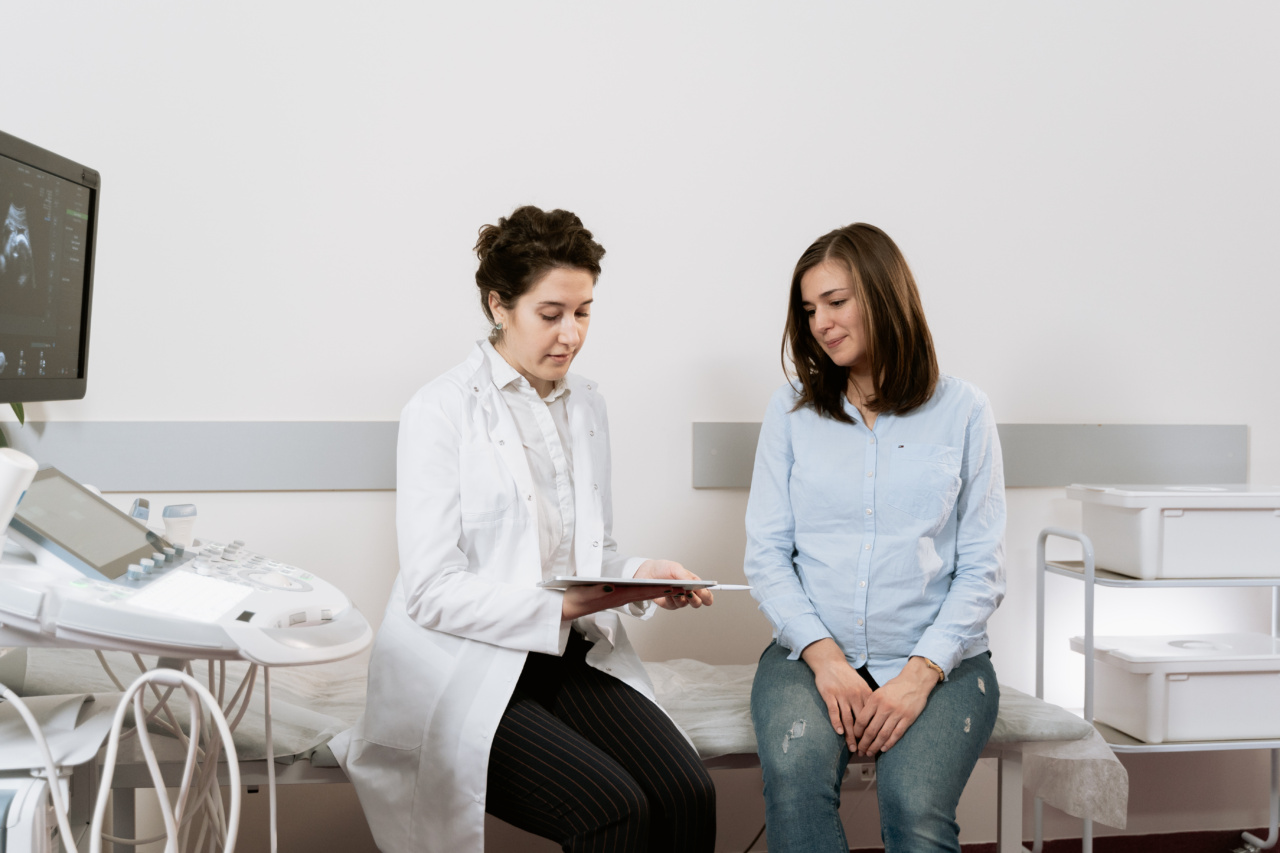Pulmonary hypertension (PH) is a relatively rare but serious condition that affects the lungs and heart. While it is commonly associated with older adults, children can also develop this condition.
Identifying and diagnosing pulmonary hypertension in kids can be challenging due to its nonspecific symptoms and the need for specialized testing. In this comprehensive hybrid examination, we will discuss the key aspects of pulmonary hypertension in children, including its causes, symptoms, diagnostic methods, and treatment options.
What is Pulmonary Hypertension?
Pulmonary hypertension refers to high blood pressure in the arteries that supply the lungs. This condition occurs when the blood vessels in the lungs become narrowed, blocked, or destroyed, making it harder for blood to flow through them.
As a result, the right side of the heart has to work harder to pump blood into the lungs, leading to the enlargement and strain of the heart muscle.
Causes of Pulmonary Hypertension in Children
Pulmonary hypertension in children can be classified into two main categories: primary and secondary. Primary pulmonary hypertension (PPH) is a rare form of the condition with no known cause.
On the other hand, secondary pulmonary hypertension occurs as a result of an underlying medical condition or other factors that affect the lungs or heart.
Common causes of secondary pulmonary hypertension in children include:.
- Chronic lung disease or lung conditions like cystic fibrosis, bronchopulmonary dysplasia (BPD), or pulmonary interstitial glycogenosis.
- Heart defects present at birth, such as ventricular septal defect, atrial septal defect, or patent ductus arteriosus.
- Inherited blood disorders like sickle cell disease or thalassemia.
- Connective tissue diseases such as lupus or scleroderma.
- HIV infection or other infectious diseases.
- Conditions affecting the blood vessels like pulmonary embolism or pulmonary veno-occlusive disease.
Signs and Symptoms of Pulmonary Hypertension in Children
The signs and symptoms of pulmonary hypertension in children can vary depending on the age of the child and the severity of the condition. In some cases, the symptoms may be subtle and easily mistaken for other respiratory illnesses.
It is important to be aware of the following symptoms, especially if they persist or worsen over time:.
- Shortness of breath, especially during physical activity or while feeding in infants.
- Fatigue or low energy.
- Fainting or dizziness.
- Rapid breathing or rapid heartbeat.
- Chest pain or discomfort.
- Bluish lips, fingers, or toes (cyanosis).
Diagnosing Pulmonary Hypertension in Children
Diagnosing pulmonary hypertension in children involves a combination of physical examinations, medical history review, and specialized tests. Due to the rarity and complexity of the condition, diagnosis is often a multi-step process.
Some of the common diagnostic methods include:.
1. Physical Examination
During a physical examination, the healthcare provider will assess the child’s overall health, listen to the heart and lungs, check for any abnormal heart sounds, and look for other signs of pulmonary hypertension such as cyanosis or clubbing of fingers.
2. Medical History Review
A thorough review of the child’s medical history is essential for identifying potential risk factors, underlying conditions, or family history of pulmonary hypertension.
This helps the healthcare provider determine if any specific tests or evaluations are necessary.
3. Echocardiogram
An echocardiogram is a non-invasive test that uses sound waves to create images of the heart.
It is one of the primary diagnostic tools used to assess the structure and function of the heart, including the size of the heart chambers and the thickness of the heart muscle.
4. Electrocardiogram (ECG or EKG)
An electrocardiogram records the electrical activity of the heart. It helps detect any abnormal heart rhythms or signs of strain on the heart caused by pulmonary hypertension.
5. Chest X-ray
A chest X-ray provides a two-dimensional image of the heart and lungs. It can reveal any enlargement of the heart, changes in lung blood vessels, or other abnormalities that may be associated with pulmonary hypertension.
6. Cardiac Catheterization
Cardiac catheterization is an invasive procedure that involves inserting a thin tube (catheter) into a blood vessel and guiding it to the heart.
This procedure allows for direct measurement of blood pressure in the heart and pulmonary arteries and can help identify the severity of pulmonary hypertension.
7. Pulmonary Function Tests
Pulmonary function tests assess lung function and help determine if any underlying lung conditions are contributing to pulmonary hypertension. These tests measure lung capacities, gas exchange, and how well the lungs are able to move air in and out.
8. Genetic Testing
In some cases, genetic testing may be recommended to identify any underlying genetic abnormalities or hereditary factors that contribute to the development of pulmonary hypertension.
9. Exercise Testing
Exercise testing, such as a six-minute walk test, can evaluate how well a child with pulmonary hypertension tolerates physical activity and assess their exercise capacity.
10. Sleep Studies
Sleep studies may be conducted to evaluate the child’s breathing patterns, especially if sleep-disordered breathing is suspected as a contributing factor to pulmonary hypertension.
Treatment Options for Pulmonary Hypertension in Children
The treatment plan for pulmonary hypertension in children depends on the underlying cause, the severity of the condition, and the overall health of the child.
While there is no cure for pulmonary hypertension, various treatment options aim to manage symptoms, improve quality of life, and slow down the progression of the disease. Some common treatment approaches include:.
- Medications: Several types of medications may be prescribed to manage pulmonary hypertension in children. These include pulmonary vasodilators, anticoagulants, diuretics, and oxygen therapy.
- Lifestyle Modifications: Adopting a healthy lifestyle by maintaining a balanced diet, regular exercise as tolerated, and avoiding tobacco smoke or other environmental factors is essential in managing pulmonary hypertension.
- Surgical Intervention: In some cases, surgical interventions may be necessary, such as repairing heart defects or replacing damaged heart valves that contribute to pulmonary hypertension.
- Transplantation: In severe cases where other treatments fail, lung or heart-lung transplantation may be considered as a last resort.
Conclusion
Pulmonary hypertension in children is a complex condition that requires a comprehensive approach to diagnosis and management.
By understanding the causes, recognizing the signs and symptoms, and utilizing specialized testing, healthcare professionals can identify and treat pulmonary hypertension in children effectively. Early diagnosis and appropriate treatment can significantly improve the prognosis and quality of life for children living with this condition.































